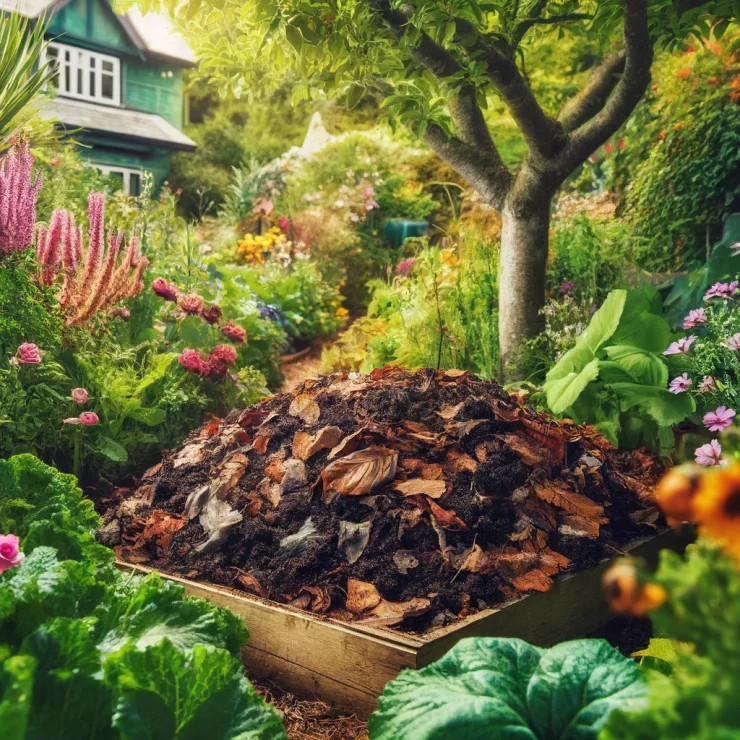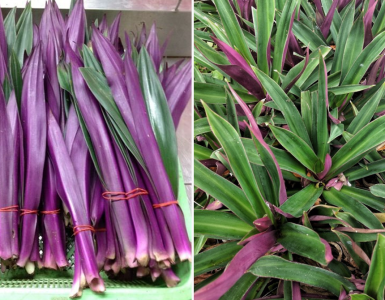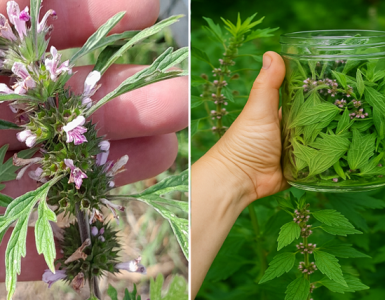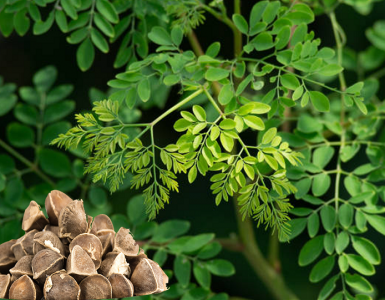Gardeners often seek the best ways to enrich their soil naturally and sustainably. Among the myriad of options available, one stands out both for its simplicity and its effectiveness: composting fallen leaves. Often overlooked, this natural resource provides an abundant, cost-effective, and environmentally friendly way to nourish gardens. This article explores why fallen leaves compost is considered one of the best natural fertilizers and how you can utilize it in your gardening routine.
The Benefits of Fallen Leaves Compost
- Nutrient-Rich: Fallen leaves are packed with essential nutrients that plants require to thrive. As the leaves decompose, they slowly release nitrogen, potassium, and phosphorus, which are critical for healthy plant growth. Unlike synthetic fertilizers, leaf compost provides a gradual supply of nutrients, mimicking the natural nutrient cycle in ecosystems.
- Improves Soil Structure: Leaf compost improves soil aeration and drainage while also helping to retain moisture. This can be especially beneficial in areas with clay-heavy or overly sandy soils, as it helps to balance the soil’s physical properties.
- Encourages Beneficial Microorganisms: Adding organic matter like leaf compost to the soil enhances its biological activity. This compost is teeming with beneficial microorganisms that aid in breaking down organic material, thus improving soil fertility and health.
- Eco-Friendly and Sustainable: Composting leaves turns what could be waste into a valuable resource. It reduces landfill waste, lowers carbon footprint, and recycles nutrients back into the soil, promoting a sustainable gardening practice.
How to Make Fallen Leaves Compost
Step 1: Collect Leaves
Gather fallen leaves during autumn. While all leaves can decompose, some types, like oak or beech, take longer due to their tougher structure. Mixing different types of leaves can balance the compost’s properties.
Step 2: Shred the Leaves
Shredding the leaves speeds up the decomposition process by increasing their surface area. Use a lawn mower or a leaf shredder to chop the leaves into smaller pieces.
Step 3: Build Your Compost Pile
Create a compost pile by alternating layers of shredded leaves with layers of green material, such as kitchen scraps or grass clippings. This helps balance the carbon-rich leaves with nitrogen-rich materials, facilitating quicker decomposition.
Step 4: Maintain Moisture and Aeration
Keep your compost pile moist but not waterlogged. Turn the pile every few weeks to aerate it, which encourages aerobic decomposition and prevents odors.
Step 5: Harvest Your Compost
Leaf compost typically takes six months to a year to fully decompose. You’ll know it’s ready when the material is dark, crumbly, and earthy-smelling. Use it as a top dressing for your garden beds, mix it into the soil at planting time, or use it as mulch.
Using Fallen Leaves Compost
As a Soil Amendment: Before planting, mix leaf compost into your garden beds to enrich the soil. This is particularly useful for vegetable gardens and flower beds.
As Mulch: Apply a layer of leaf compost around your plants to help retain soil moisture, suppress weeds, and add a slow-release fertilizer.
As a Potting Mix Ingredient: Mix leaf compost with other potting materials to create a nutritious potting mix for potted plants or containers.
Fallen leaves compost is a powerhouse of nutrients and an exemplar of sustainable gardening. By harnessing the natural decomposition of leaves, gardeners can improve their soil health, boost their plant growth, and contribute to a more sustainable planet. This method not only recycles a natural resource but also returns it to the earth to foster new life, embodying the principles of a truly circular economy in gardening.




















Add comment